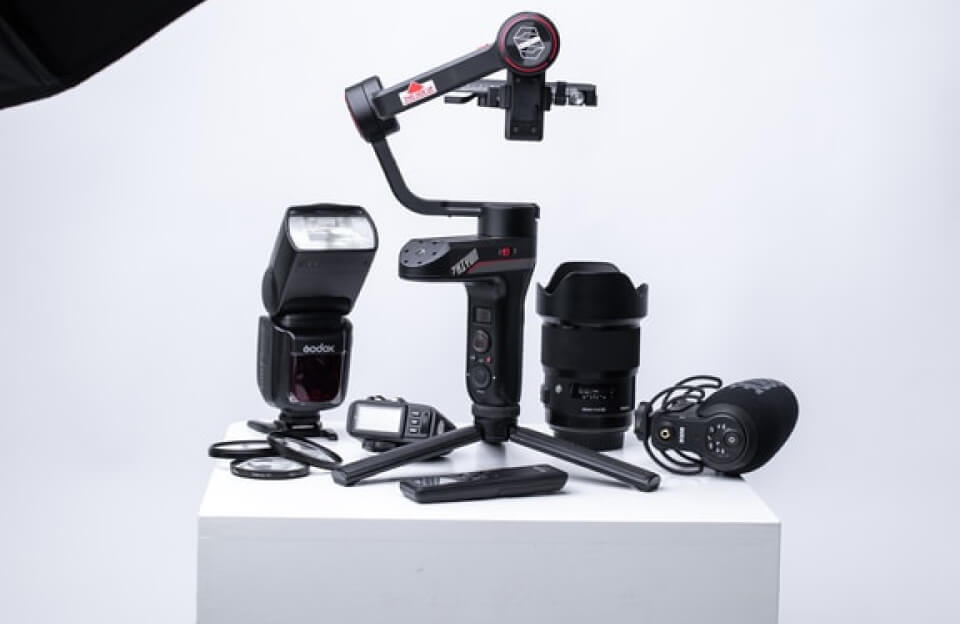Bees, butterflies, and beetles don’t just flit from flower to flower—they kick up tiny storms of pollen, leaving behind invisible signatures of their vital work. For photographers, capturing this moment—the fleeting “dust” of pollination—is both a challenge and a breathtaking glimpse into nature’s hidden mechanics.
The Art of Photographing Pollinators in Action
To freeze these split-second interactions, you’ll need patience, precision, and the right techniques:
1. High-Speed Photography is Key
- Fast Shutter Speed (1/2000s or faster) to freeze motion.
- Continuous Shooting Mode to catch the perfect pollen burst.
- Macro Lens (90mm or 100mm) for extreme close-ups.
2. Lighting the Scene
- Ring Flash or Diffused Light – Avoid harsh shadows while illuminating pollen particles.
- Backlighting – Makes pollen clouds glow against darker backgrounds.
3. Timing & Positioning
- Pre-Focus on the Flower – Pollinators move fast; manual focus helps.
- Shoot Early Morning – Many pollinators are most active at dawn.
- Use a Tripod or Monopod – Stabilizes your shot while allowing quick adjustments.
4. Post-Processing for Drama
- Enhance Contrast – Make pollen particles pop.
- Subtle Sharpening – Brings out fine details without over-processing.
Why These Photos Matter
Pollinators are responsible for 1 in 3 bites of food we eat, yet their populations are declining. Images of pollen-covered bees and butterflies don’t just showcase beauty—they highlight an ecological lifeline at work.
Have you ever captured a pollinator mid-flight? Share your tips (or photos!) below!
#MacroPhotography #Pollinators #NaturePhotography #SaveTheBees #WildlifeConservation


